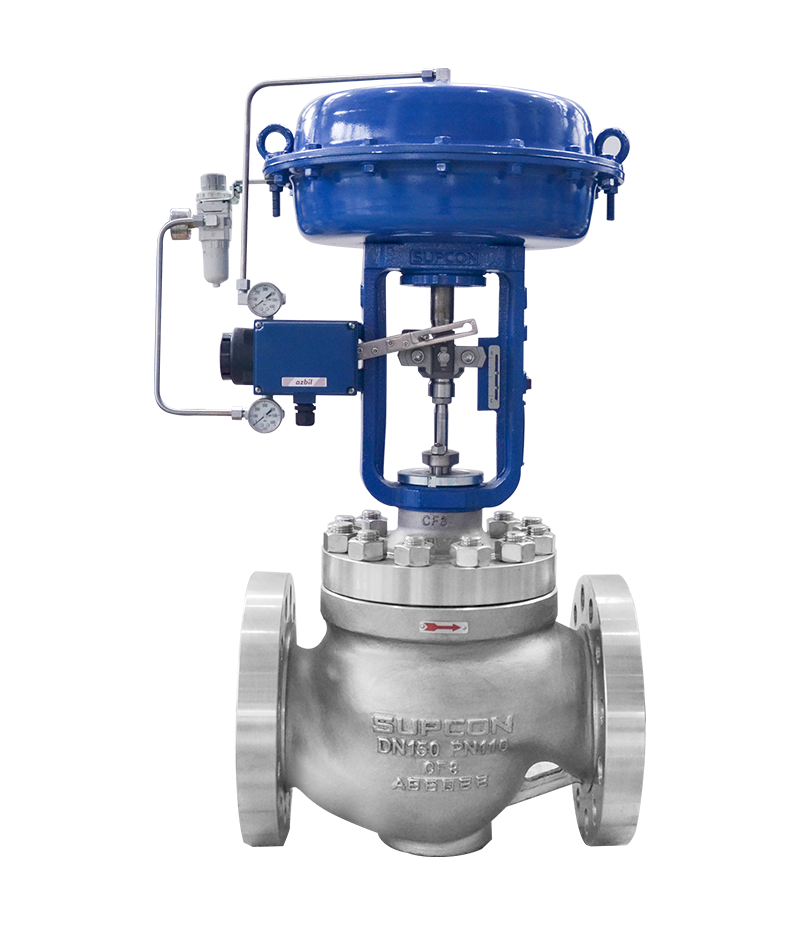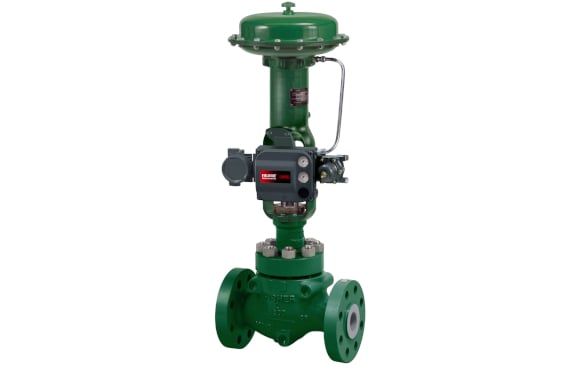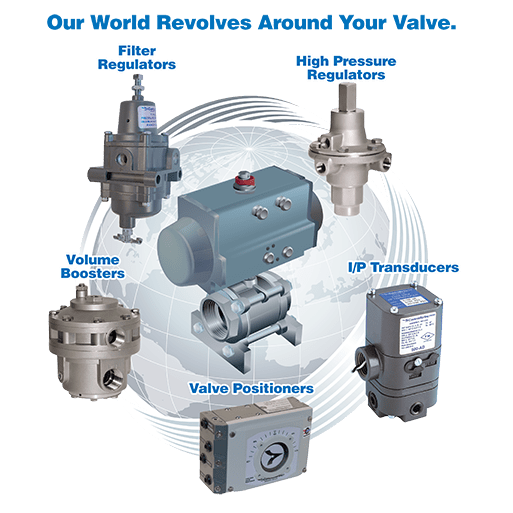How Control Valves Effect Energy Efficiency in Industrial Settings
How Control Valves Effect Energy Efficiency in Industrial Settings
Blog Article
Achieve Seamless Combination and Control With High Quality Structure Automation Controls
In the world of modern building administration, the relevance of high quality structure automation controls can not be overemphasized. Welcoming top quality structure automation controls is not just an issue of ease yet a strategic vital for companies intending to enhance their facilities' efficiency and sustainability.

Evolution of Structure Automation Controls
Throughout the past couple of years, the development of building automation controls has significantly transformed the means buildings are taken care of and operated. Originally, building automation systems largely focused on standard functions such as managing home heating, air, and ventilation conditioning (HVAC) systems. Nevertheless, as modern technology advanced, these controls have become more sophisticated, permitting a wider variety of structure systems to be incorporated and managed centrally.
The development of constructing automation controls has seen a shift in the direction of more intelligent systems that can adapt to changing conditions in real-time. This adaptability is critical for maximizing power performance and ensuring occupant convenience. In addition, modern building automation controls currently supply attributes such as anticipating upkeep, remote surveillance, and information analytics, making it possible for center supervisors to make data-driven choices to enhance structure efficiency.

Advantages of Top Quality Integration
The advancement in structure automation regulates towards more intelligent systems has actually highlighted the considerable advantages of top quality integration in enhancing structure procedures and boosting overall effectiveness. This centralized control likewise supplies far better visibility and insights right into structure efficiency, enabling proactive maintenance and optimization techniques. Generally, the advantages of top quality integration in building automation controls are undeniable, providing boosted performance, comfort, and operational effectiveness.
Enhanced User Experience and Availability
Enhancing customer communication with structure automation manages with user-friendly design and enhanced accessibility elevates the overall experience for occupants and facility supervisors alike. By concentrating on customer experience, constructing automation systems can become a lot more efficient and straightforward. User-friendly interfaces, clear navigation, and personalized setups equip individuals to interact with the controls conveniently and effectively.
Accessibility attributes play an important role in ensuring that all people, including those with disabilities, can make use of the structure automation controls effortlessly. Integrating functions such as voice commands, tactile switches, and color-contrasted screens can boost availability and make the controls much more comprehensive.
In addition, enhanced customer experience causes higher individual complete satisfaction, increased performance, and much better decision-making. Passengers can adjust ecological settings according to their preferences, while center managers can effectively handle and monitor structure systems - control valves. In general, focusing on individual experience and availability in structure automation controls adds to a more efficient and smooth structure environment for all stakeholders included
Lasting Practices Through Automation

Additionally, automation can assist in the assimilation of renewable power sources such as solar panels or wind generators right into structure procedures. Through automation, buildings can align with modern sustainability goals and contribute to a greener future.
Future Trends in Building Control Solution
One popular fad shaping the future of structure control systems is the increased assimilation of Artificial Intelligence (AI) and maker learning. Furthermore, the Internet of Things (IoT) is changing building control systems by attaching devices and sensing units to enhance and streamline operations performance.
Another crucial fad is the emphasis on cybersecurity procedures to protect versus prospective hazards to building automation systems. As structures come you could try here to be more interconnected, making sure durable cybersecurity methods will be crucial to protect sensitive information and protect against unauthorized gain access to.
In addition, the change towards cloud-based platforms is acquiring energy, enabling centralized control and remote access to building systems. This assists in much easier surveillance, maintenance, and updates, enhancing the overall performance and pop over to this site versatility of building control systems. As innovation remains to breakthrough, these fads are anticipated to form the future landscape of structure automation controls, driving technology and sustainability in the built environment.
Conclusion
Future fads in structure control systems are likely to concentrate on additional enhancing automation capacities for enhanced energy performance and general performance. It is crucial for structure owners and operators to prioritize the fostering of high quality structure automation manages to optimize structure operations and attain long-lasting sustainability goals.
In the world of modern structure management, the significance of top quality building automation controls can not be overemphasized. In general, the advancement of building automation regulates continues to drive technology in the building monitoring industry, using new opportunities for creating smarter and a lot more sustainable buildings.
The innovation in building automation regulates towards even more smart systems has emphasized the significant advantages of top quality integration in maximizing structure operations and improving overall effectiveness. On the whole, prioritizing individual experience Learn More Here and access in building automation regulates contributes to a much more productive and seamless building setting for all stakeholders entailed.
It is important for structure proprietors and drivers to focus on the adoption of quality building automation manages to maximize structure operations and achieve long-lasting sustainability goals. - control valves
Report this page